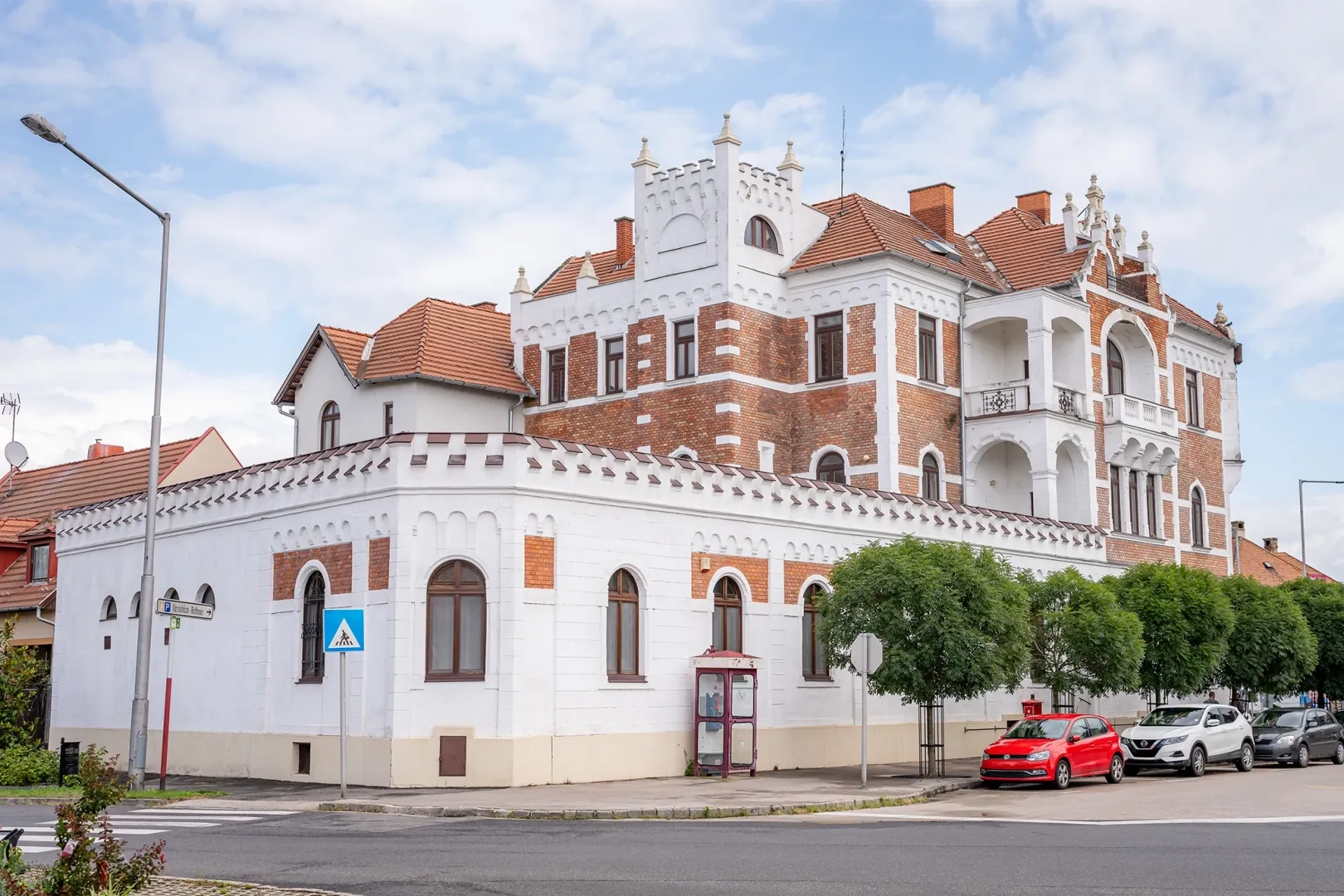
Revitalizing Heritage: Széchenyi István University’s Initiative with Mosonmagyaróvár Post Palace
Széchenyi István University of Gyor is taking significant steps toward cultural preservation and regional development through its planned acquisition of the historic Post Palace in Mosonmagyaróvár. This strategic move aims not only to safeguard a valuable piece of architectural heritage but also to create versatile community spaces that serve both educational and municipal needs.
Historical Significance and Architectural Value of the Post Palace
The Post Palace, designed in the early 20th century by renowned architect Béla Hőnel, stands as an emblematic example of historicist architectural style. Over the past century, it has witnessed the evolution of Mosonmagyaróvár, symbolizing both the town’s past and its aspiration for renewal. However, today, the building faces the challenge of neglect and deterioration, leaving its once-proud exterior and functional potential underutilized.
Recognizing its importance, Széchenyi István University has committed to restoring the structure, emphasizing its value as a cultural landmark. This initiative aligns with broader efforts to preserve Hungary’s architectural heritage and to incorporate historical buildings into contemporary community life.
University’s Commitment to Community and Regional Development
The university’s objective extends beyond preservation. Dr. Tamás Tóth, Dean of the Albert Kázmér Faculty of Agricultural and Food Sciences, highlights that the institution sees this acquisition as a dual opportunity: safeguarding history and enhancing regional development. The university’s longstanding cooperation with Mosonmagyaróvár’s local government exemplifies their joint dedication to fostering sustainable growth.
As part of the plan, the ground floor of the Post Palace will be made available for municipal use. This space potentially offers a venue for reopening the post office that was closed in 2022 or other public services. Such utilization would benefit local residents directly, reinforcing the building’s role as a community hub.
Transformative Plans for the Upper Floors
The upper floors of the Post Palace are envisioned to be repurposed into residential spaces for teaching staff, fostering a closer connection between the university and the town. This approach aims to combine preservation with functional adaptation, allowing the building to serve multiple roles in supporting education, community engagement, and regional vitality.
These plans exemplify a broader university strategy to integrate historical preservation with innovative development projects, ensuring that the building remains relevant and valuable to both students and the local population.
Strategic Alignment with Broader Development Goals
The acquisition aligns with Széchenyi István University’s development trajectory since 2015. Over the past decade, the university has undergone remarkable growth—expanding its faculty, increasing research activities, and attracting more students than ever before. The upsurge in student applications and enrollments reflects the institution’s strengthening reputation and regional influence.
Furthermore, ongoing projects such as the renovation of the M-Club, transforming it into a vibrant community space, and the careful reorganization of parking around Óvár Castle, demonstrate a comprehensive approach to regional enhancement. These initiatives collectively foster a more connected, accessible, and vibrant environment in Mosonmagyaróvár.
Community-Centered Development and Future Prospects
The university’s involvement in local development underscores its role as a proactive partner in the town’s evolution. The Post Palace acquisition is a prime example of how educational institutions can serve as catalysts for cultural preservation, economic revitalization, and community well-being.
Such projects exemplify sustainable development principles—balancing heritage conservation with contemporary needs, stimulating local economies, and creating spaces that foster community interaction.
How the Post Palace Project Benefits Residents and Students
The revitalization of the Post Palace promises to deliver tangible benefits for Mosonmagyaróvár residents and prospective students alike. By introducing public services on the ground floor, the town can restore a key civic facility and improve the quality of life. Meanwhile, converting upper floors into apartments or similar accommodations for staff encourages closer ties between the university and the community, potentially attracting more faculty and researchers.
Students will also gain from this approach—living in renovated, historic spaces fosters a rich academic and cultural environment. The project illustrates how heritage regeneration can complement regional education goals, making Mosonmagyaróvár an even more attractive place to study and work.
Conclusion: A Model for Heritage Preservation and Regional Growth
The acquisition of Mosonmagyaróvár’s Post Palace by Széchenyi István University marks an important step toward sustainable heritage management and regional development. Combining preservation with adaptive reuse, the project aims to create a vibrant, functional space that benefits the local community, supports educational infrastructure, and honors Hungary’s architectural legacy.
For those interested in regional development, heritage conservation, or higher education’s role in community enhancement, this initiative offers a compelling example of strategic planning. As the project progresses, it will serve as an inspiring model for similar endeavors across Hungary and beyond.
Get Involved and Stay Updated
To learn more about Széchenyi István University’s projects and regional development initiatives, visit their website. If you’re a prospective student or a community member interested in contributing or participating in future projects, consider reaching out to the university’s International Programmes and Alumni Office. Together, these efforts demonstrate how educational institutions can play a vital role in preserving history while fostering sustainable growth.

